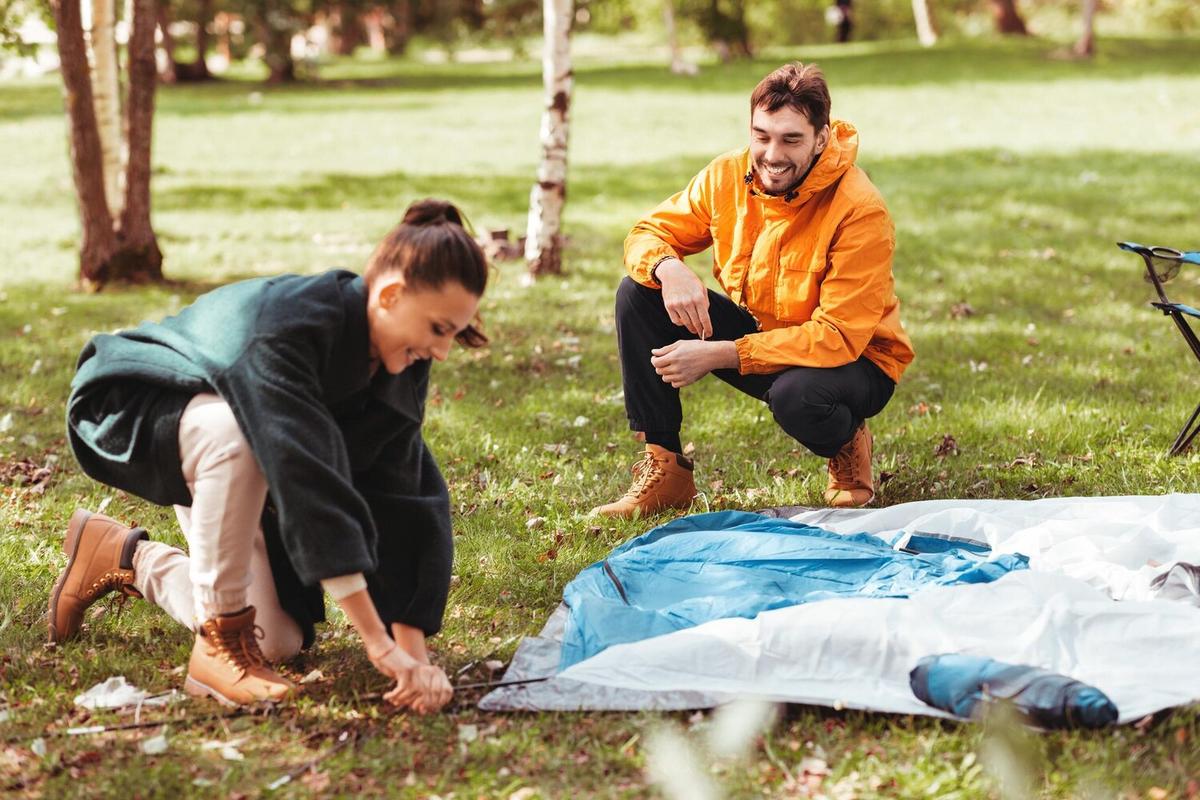Creating a tarp shelter can be a lifesaver whether you’re an avid camper, hiker, or survival enthusiast. This guide will walk you through the essential steps to build a secure and reliable tarp shelter in just five easy steps, ensuring you’re prepared for any outdoor adventure.
Step 1: Choose the Right Tarp and Site
Selecting the correct tarp and site is crucial. Opt for a durable, waterproof tarp that is large enough to provide adequate coverage. Sites with natural windbreaks like trees or bushes are ideal as they offer additional protection.
Step 2: Gather Essential Equipment
You’ll need rope, stakes, a ridgeline, and a few bungee cords. These items are essential for securing your shelter. According to a study by Outdoor Life, having the proper equipment can reduce setup time by up to 50%.
Step 3: Set Up the Ridgeline
The ridgeline acts as the backbone of your tarp shelter. Tie a rope between two sturdy anchor points, such as trees. Ensure the line is taut and at a height that allows for comfortable entry and exit. As advised by wilderness expert Ray Mears, ‘A well-set ridgeline is the key to a stable tarp shelter.’
Step 4: Secure the Tarp
Drape the tarp over the ridgeline and secure it with bungee cords or rope. Stake down the corners to create tension and shape the shelter. A well-secured tarp can withstand wind speeds of up to 25 mph, according to data from the National Weather Service.
Step 5: Adjust for Comfort and Weather
Make necessary adjustments for ventilation and weather conditions. Lower one side of the tarp to block the wind or rain. Adding a groundsheet can provide additional comfort and insulation.
Pro Tip: Use natural materials like leaves or pine needles under your groundsheet for extra insulation.
Comparison Table: Tarp Shelter Configurations
| Configuration | Pros | Cons |
|---|---|---|
| A-Frame | Good rain protection | Limited space |
| Lean-To | Easy to set up | Less wind protection |
| Plough Point | Excellent wind resistance | Requires precise setup |
| Diamond Fly | Great ventilation | Complex setup |
| C-Frame | Ample space | Needs multiple anchor points |
| Flat Roof | Maximum headroom | Poor rain runoff |
| Half Pyramid | Good wind and rain protection | Moderate setup complexity |
| Teepee | All-around protection | More materials needed |
FAQ
What size tarp should I use?
A tarp measuring 10×10 feet is generally sufficient for solo or duo camping.
How do I prevent my tarp from sagging?
Ensure your ridgeline is taut and use additional stakes to create tension.
Can I use a tarp in winter conditions?
Yes, but make sure it is a heavy-duty, insulated tarp for added warmth.
Creating a tarp shelter doesn’t have to be complicated. By following these five steps, you can ensure a safe and comfortable outdoor experience. Remember, the key is preparation and practice. So, grab your gear and head out to perfect your tarp shelter setup today!




Leave a Reply